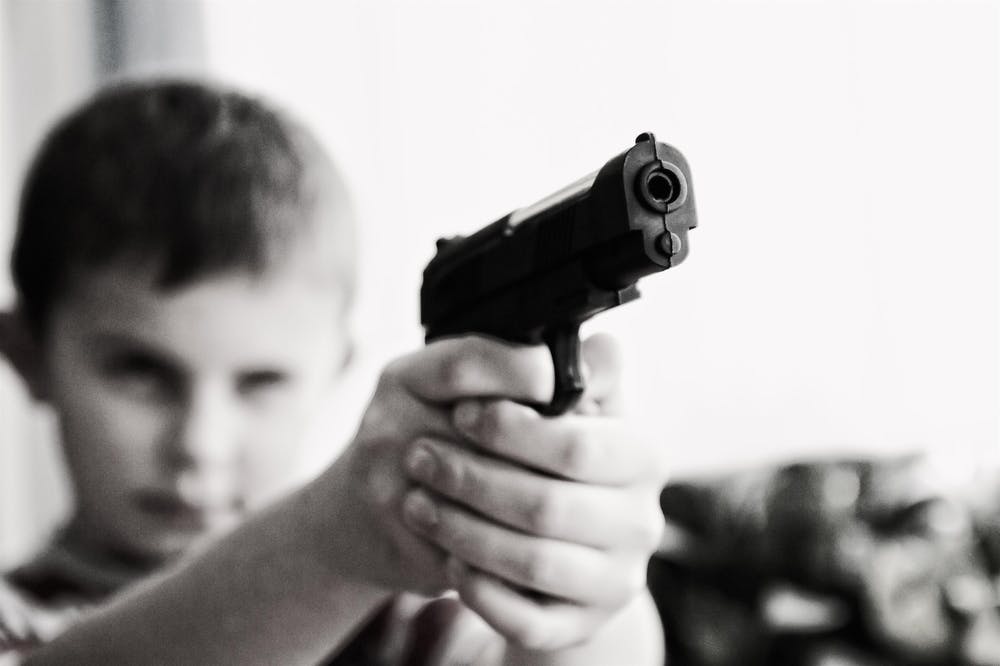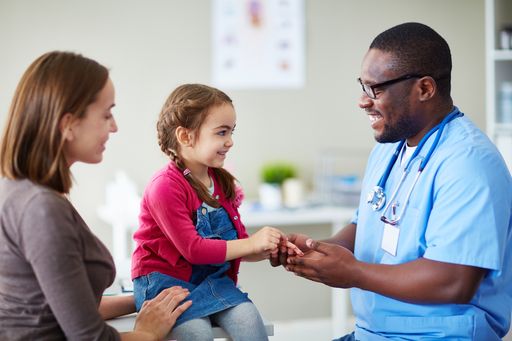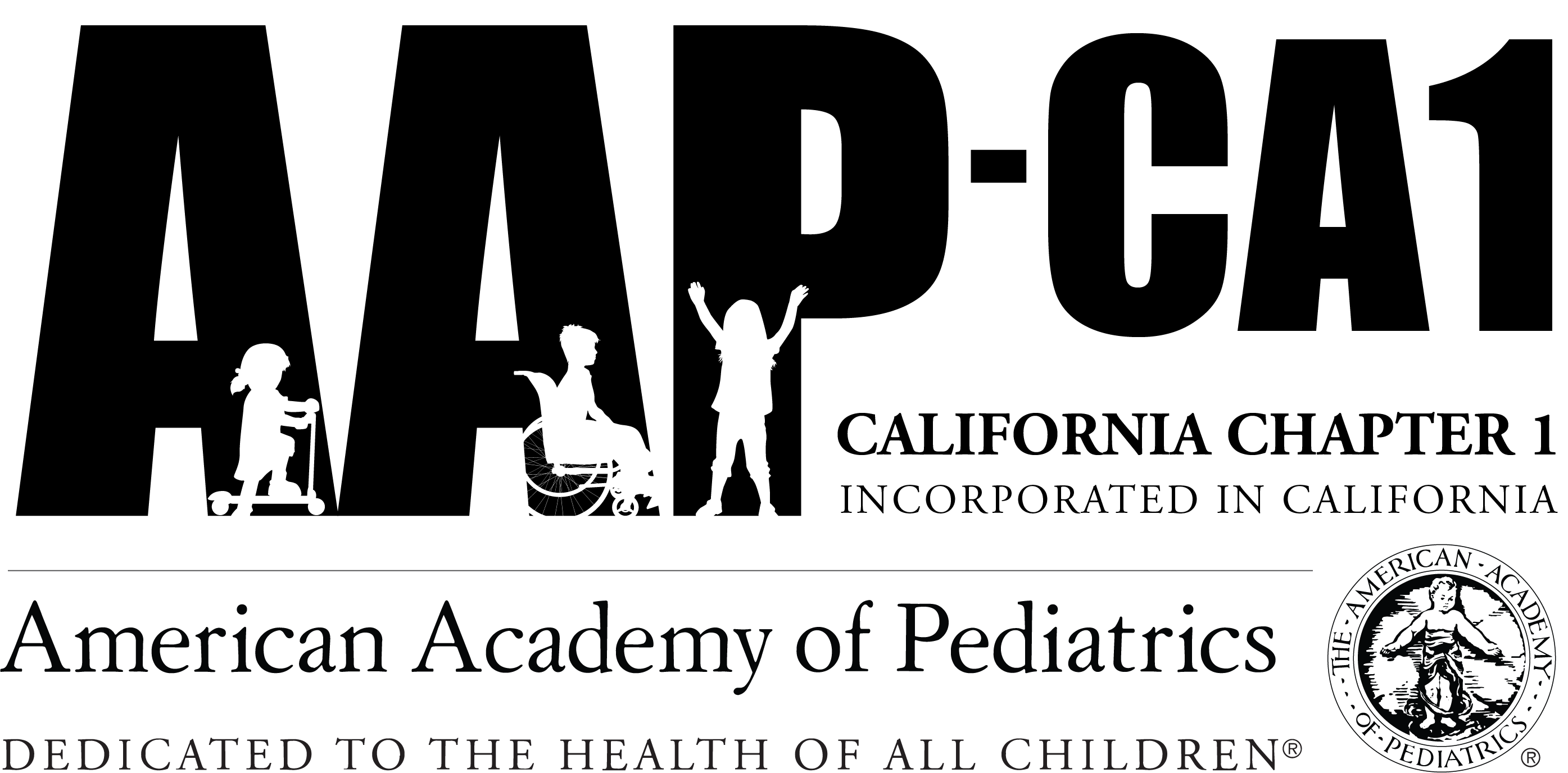Gun Violence Prevention
Nicole Webb, MD, FAAP and Graciela Wilcox, MD, MPH, FAAP
 Do you remember where you were when you heard about the Sandy Hook shooting? Gracie and I will never forget. She was in the outpatient academic pediatric clinic where she worked at the time, and I was preparing for a night shift as a hospitalist, pregnant with my first child and worried about the world I would be bringing her into. When we compared our experiences, we realized we were both shocked, overcome with sorrow, and that we had difficulty processing it. We also both felt that surely this would be the moment that would spur meaningful change. Fast forward to today.
Do you remember where you were when you heard about the Sandy Hook shooting? Gracie and I will never forget. She was in the outpatient academic pediatric clinic where she worked at the time, and I was preparing for a night shift as a hospitalist, pregnant with my first child and worried about the world I would be bringing her into. When we compared our experiences, we realized we were both shocked, overcome with sorrow, and that we had difficulty processing it. We also both felt that surely this would be the moment that would spur meaningful change. Fast forward to today.
Pediatric gun violence is an increasingly alarming public health epidemic, with guns now recognized as the second leading cause of death in US children. Although school shootings rightly shock, sadden, and even horrify us, they account for only a small fraction of pediatric gun deaths. Despite these very alarming facts, meaningful, widely accepted public health strategies to address pediatric gun violence have been relatively lacking when compared to other leading causes of death in children such as motor vehicle collisions, drowning, and poisoning. The impact of gun violence on children’s health has long been an AAP advocacy priority, with the release of the first AAP policy statement on pediatric gun violence in 1992. This was updated in 2012 and reaffirmed in 2017.
Of the 5 key recommendations from the AAP’s policy statement, the one most applicable to our everyday practice is the second, “The AAP recommends that pediatricians incorporate questions about the presence and availability of firearms into their patient history taking and urge parents who possess guns to prevent access to these guns by children.” It further goes on to specify that this is especially important for adolescents, as “the presence of guns in the home increases the risk of lethal suicide acts among adolescents. Health care professionals should counsel the parents of all adolescents to remove guns from the home or restrict access to them.”
Previous studies have shown that at least 1 in 3 US children live in a home with a gun, and that an estimated 4.6 million US children live in a home with an unlocked, loaded gun, by far the most dangerous configuration in terms of risk of injury or death to a child. However, these data predate the COVID-19 pandemic, which has seen a record rise in gun sales in the US, and likely underestimate the risk to children. March 2020 set an all-time record for requests to the National Instant Criminal Background Check System (NICS) since the creation of the system over 20 years ago. In fact, 8 of the 10 all-time record weeks have occurred since COVID-19 was declared a pandemic, and people in the US bought an estimated 11.8 million guns between March and August, 2020.
During this time, US schools have remained closed, and children are thus more likely to be home for longer intervals with potentially unsecured weapons. There has also been a marked increase in calls to domestic violence help lines during this time and multiple studies have shown a strong connection between domestic violence and pediatric gun violence. In fact, between 2009-2017, 86% of child victims of mass shootings died as a result of domestic violence incidents. All of this poses significant risk of increasing gun violence affecting children.
COVID-19 has also seen unprecedented levels of unemployment and sharply increasing incidence of depression, anxiety and other mental health concerns. Indeed, suicide is the second leading cause of death of US children, and guns account for 42% of suicide in children overall and are the leading cause of death by suicide in teens 15 and older. Teen suicide has been steadily increasing for the past decade and in recent years suicide in younger children has been increasing, with children as young as 8 dying via suicide by gun.
Pediatricians, educators and other stakeholders in child welfare are increasingly concerned as the COVID-19 pandemic continues that we will see a significant increase in pediatric gun injury and death. According to Everytown for Gun Safety, which compiles evidence from all available media reporting outlets throughout the country, there was a 30% increase in unintentional shooting deaths in children between March-May 2020 compared to the average of the same time the 3 years prior. Thus far in 2020, there have been at least 229 unintentional shootings by children, resulting in 97 deaths and 139 injuries. We submit that this increase is likely to be related to the toxic confluence of children spending increased time in homes with unsecured weapons, increased gun sales, and extraordinary psychosocial stressors.
It is also critical to acknowledge that the burden of pediatric gun violence is not felt equally; while Black children comprise approximately 14% of US children, they represent over 50% of victims of pediatric gun violence in the US. Similarly, Latinx children are significantly more likely than their white peers to be victims of gun violence. Black and Latinx children are also more likely to be living in poverty, and to have parents employed in front-line industries disproportionately impacted by both job loss and exposure to COVID-19. As more data regarding the effects of this pandemic is gathered, it will be crucial to examine whether the racial disparities previously seen in pediatric gun violence have continued or even worsened during this time.
This problem may seem overwhelming, however as pediatricians, we are experts in child safety, and we are well positioned to make a difference. Despite insufficient funding for gun violence research and prevention, we know a great deal.
What can we, as pediatricians and child health advocates, do?
In our practices:
 Universally screen for access to firearms at all child health encounters. Pay special attention to adolescent visits and situations in which you know there are increased stressors in a child’s psychosocial environment.
Universally screen for access to firearms at all child health encounters. Pay special attention to adolescent visits and situations in which you know there are increased stressors in a child’s psychosocial environment.- Provide safe storage counseling at all child health encounters. Weapons should be stored locked, unloaded and separate from the ammunition which should also be locked. Also, ask about the presence of guns in other homes their children may visit. Many parents believe their children either do not know where the gun is stored or would not touch it if they found it, however multiple studies and the rising incidence of unintentional shootings by children have repeatedly proven this to be untrue.
- Become familiar with California’s Extreme Risk Protection Order, which enables firearms to temporarily be removed from the home of a person (including parents of at-risk adolescents and children) who is showing signs of crisis11.
- Recognize signs of teen suicide and engage in “lethal means reduction counseling” (https://www.hsph.harvard.edu/means-matter/recommendations/clinicians/). Ingestion of pills is fatal 2-4% of the time whereas guns are fatal nearly 90% of the time.
In our communities:
- Partner with stakeholders such as law enforcement, community groups, schools and daycares to promote safe gun storage.
- Write letters to the editor or OpEds. Your voice as a pediatric health advocate carries significant weight, and particularly during this time of school closures and pandemic stress, increased awareness is crucial.
- Become familiar with the epidemiology of gun violence in your own community. This is often available through local law enforcement, Bureau of Health statistics, or coroner’s offices.
- Work with local governments such as city councils to promote evidence-based gun violence prevention and reduction initiatives.
- Ensure that your outreach and advocacy efforts match the needs of your community. For example, if your community sees a disproportionate impact of gun violence in Black children and in urban environments, think about partnering with community-based violence interruption organizations directly addressing these. For more information, check out http://www.bscc.ca.gov/s_cpgpcalvipgrant/.
In our states/at the legislative level:
- Become familiar with bills pertaining to guns and gun safety in CA and the AAP position on them: https://aap-ca.org/advocacy/bill-list/. Look out for legislative alerts and asks, such as contacting lawmakers.
- Partner with local and national gun violence prevention organizations such as Moms Demand Action/Everytown for Gun Safety (https://momsdemandaction.org/), the Brady Campaign to End Gun Violence (https://www.bradyunited.org/), the Giffords Law Center (https://giffords.org/lawcenter/gun-laws) and many others.
- Advocate for increased funding for gun violence prevention and research efforts. It is particularly important to promote research and public health efforts that address disparities and advance equity.
Our AAP CA-1 Chapter is actively working to make information and tools available to you on our website in order to facilitate your gun safety advocacy efforts. We can effect impactful change together. We look forward to hearing how you are approaching this important issue in your community.
